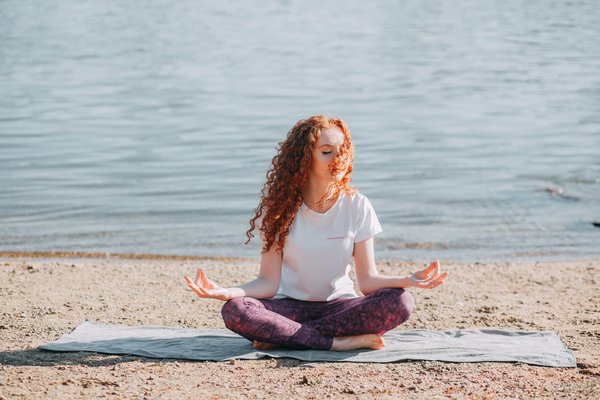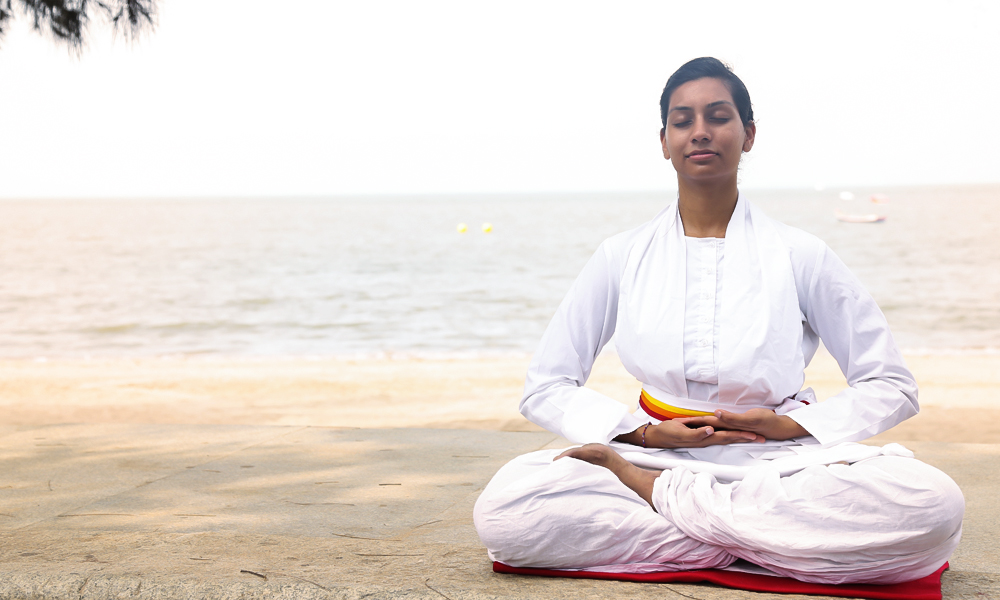Yoga is not just about physical postures or poses; it also emphasizes the importance of breath control and awareness. Breathing techniques, also known as Pranayama, play a crucial role in yoga practice. These techniques help to calm the mind, increase focus, and enhance the overall experience of the practice.
The Importance of Breath in Yoga

In yoga, breath is considered the bridge between the body and the mind. By consciously controlling the breath, we can influence our mental and physical states. Deep, mindful breathing helps to activate the parasympathetic nervous system, which induces relaxation and reduces stress. It also helps to bring more oxygen into the body, nourishing the cells and improving overall vitality.
Moreover, breath awareness is an essential aspect of yoga as it helps to cultivate present-moment awareness and mindfulness. By focusing on the breath, we can anchor our attention to the present, letting go of distractions and bringing a sense of calm and centeredness.
Common Breathing Techniques in Yoga
There are various breathing techniques in yoga, each offering its unique benefits. Here are a few commonly practiced techniques:
- Ujjayi Breathing: Also known as the “Victorious Breath,” Ujjayi breathing involves constricting the throat slightly while inhaling and exhaling through the nose. This technique creates a gentle, ocean-like sound and helps to deepen the breath, increase lung capacity, and generate internal heat.
- Alternate Nostril Breathing: This technique involves inhaling and exhaling through alternate nostrils. It helps to balance the energy channels in the body, calm the mind, and improve concentration. It is particularly useful for reducing anxiety and promoting a sense of inner balance.
- Deep Belly Breathing: Also known as diaphragmatic breathing, deep belly breathing involves fully engaging the diaphragm to draw the breath deep into the belly. This technique helps to relax the body, reduce tension, and increase oxygen intake.
- Kapalabhati Breathing: Kapalabhati, which means “skull shining breath,” involves rapid, forceful exhalations through the nose while keeping the inhalations passive. This technique helps to cleanse the respiratory system, energize the body, and clear the mind.
Integrating Breathing Techniques into Yoga Practice
Breathing techniques can be practiced independently or integrated into yoga asanas (postures). When practicing yoga, it is recommended to sync the breath with movement. Inhaling during the opening or expanding phase of a posture and exhaling during the closing or contracting phase helps to create a harmonious flow between breath and movement.
Additionally, dedicating a few minutes at the beginning or end of a yoga session to practice specific breathing techniques can help to calm and prepare the mind for the practice or promote relaxation and rejuvenation after the practice.
It is essential to approach breathing techniques with patience and awareness. Start with a few minutes of focused breathwork and gradually increase the duration as you become more comfortable. Remember to listen to your body and never force the breath.
Breathing techniques in yoga are powerful tools for enhancing the mind-body connection. By incorporating these techniques into your yoga practice, you can experience increased relaxation, improved focus, and a deeper sense of overall well-being. Experiment with different breathing techniques, find what resonates with you, and embrace the transformative power of breath in your yoga journey.


